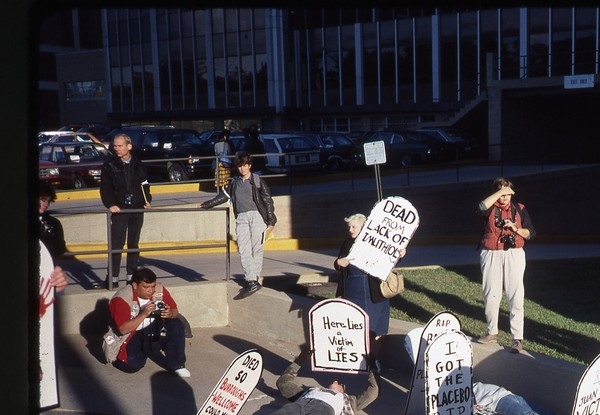BELLOWS FALLS — Americans are fixated on numbers. Infrastructure plan: $3.5 trillion. Votes cast in the 2020 presidential election: 100 million. Confirmed cases of COVID-19: 47,619,573 - and 769,310 deaths.
Each of these numbers is hard to wrap your head around, linked inextricably to the human condition. But when the enormity of numerical reporting masks the beating hearts behind each digit, we numb ourselves to the alternate reality of the endurance it takes to survive.
Don't get me wrong. An infrastructure plan meant to improve the lives of citizens and an election result intended to remove the ugly stain of the Trump years represents decency and hope. Lives lost to an unchecked renegade virus serve as reminder of our collective vulnerability, compassion, and the will to live.
Yet I can't help but pivot to that other pandemic - the forgotten one, where politicians maliciously ignored the afflicted and recommendations for personal protective equipment were based on fear rather than science. Where the death-knell drumbeat never seemed to reach a crescendo loud enough to require immediate action by those who held the power and purse strings.
So I am devoted to much smaller U.S. benchmarks in 2021, those that point to the worst and best of us:
• 30 years of Ryan White CARE Act funding
• 33 observations of World AIDS Day on Dec. 1 each year
• 34 years of the AIDS Memorial Quilt
• 40 years of the AIDS pandemic
• The 50th commemoration of Ryan White's birth
Each of these demarcations over the decades pertains to one unique population: the more than 700,000 people, young and old, who have died from AIDS and the 1.2 million living with HIV.
Woven into the story of the forgotten pandemic is the ugliness of hatred and homophobia toward gay men, the courage and rage of AIDS activists, the travesty of tainted blood products that infected hemophiliacs, and the Democratic political will that finally emerged to recognize the need for federal funding.
* * *
The differences between the two contagions are striking.
Ten years passed between the Centers for Disease Control and Prevention's 1981 Morbidity and Mortality Weekly Report that first described what later came to be known as AIDS and the inception of the Ryan White Comprehensive AIDS Resources Emergency (CARE) Act that provided funding to support the agencies that cared for people living with HIV/AIDS.
Yet it was only a matter of 11 months between the identification of COVID-19 and the vaccine rollout.
After all, a diagnosis of Covid-19 in the U.S. was blameless, because we were being told that all fingers pointed to China and the virus sought unwitting hosts with little rhyme or reason.
The first Covid-19 case in the U.S. was reported on Jan. 21, 2020. As of Nov. 30, more than 459 million vaccine doses have been administered nationwide.
Imagine that.
* * *
In 1995, the first protease inhibitor became available in the United States, 14 long years after the alarm bell sounded.
I can't help but wonder how the AIDS pandemic would have had a different outcome if those 14 years had been 14 months. If the collection of blood products had been given proper oversight to avoid contamination. If the Red Cross had improved its processing plants to meet the proven European standard, rather than not spend the money to upgrade equipment until 1985, four years too late.
Maybe Ricky Ray and his brother, Robert would still be alive.
Maybe Ryan White could have had a happy childhood free from illness; maybe he could have lived his life in anonymity, instead of becoming the poster child for HIV/AIDS.
Maybe an entire generation of gay men would still be alive instead of viewed as honored lives in the AIDS Memorial Quilt.
* * *
I'm left with many unanswered questions.
Why do the statistics for COVID-19 matter more than those of the AIDS pandemic? Does the urgency of response depend upon who is becoming ill and why? The color of their skin? The classification of blame that includes certain moral parameters to determine one's worthiness?
There were no caring roadside signs found on lawns during the forgotten pandemic. No hero worship of the same bedside caregivers.
All other numbers pale in comparison to the single digit that has come to personify the heartbreak of both pandemics: one person, occupying one hospital bed, dying alone. That lonely, sacred, human place, where kindred spirits of both pandemics can be found.
